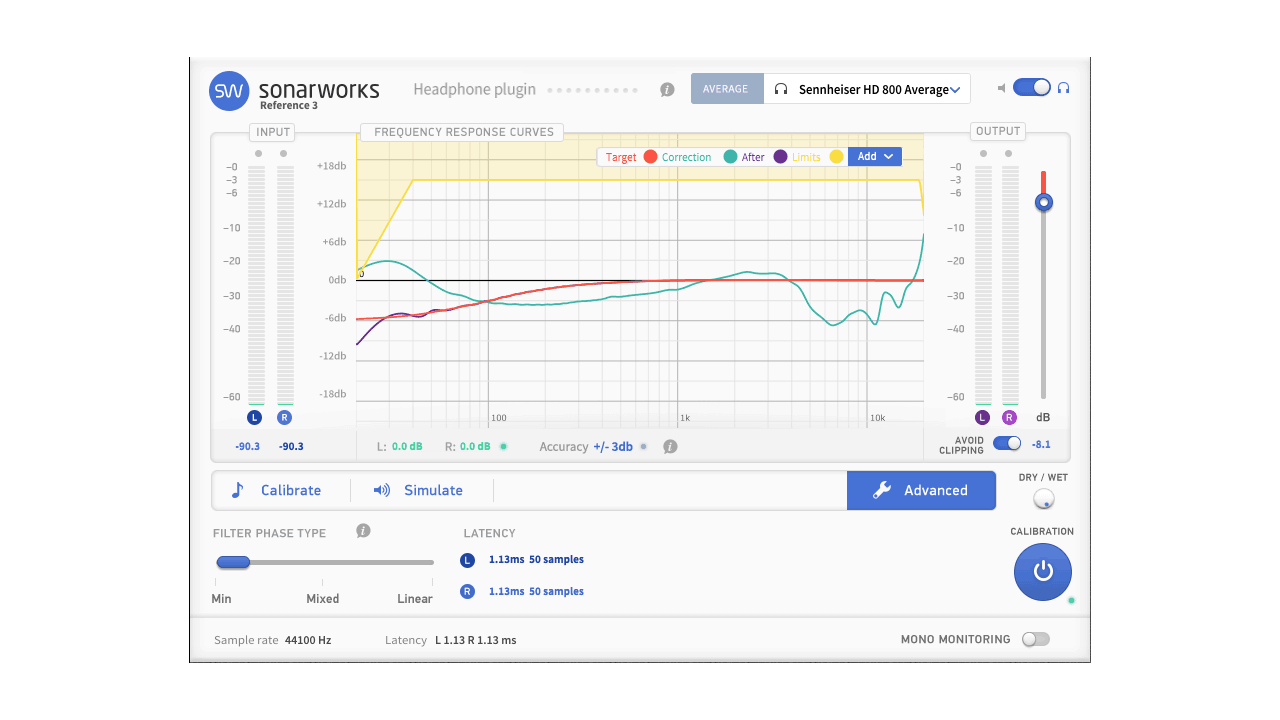
They turned these headphones into a serious instrument even fit for mastering. These profiles are available for every Sonarworks Reference 3 plug-in user. Most of the signal at these frequencies is mono anyway and humans don’t really excel at positioning low frequency sound.Īfter we meticulously measured every dip and peak found in the M50x, our engineer generated a calibration profile. The channel imbalance which starts at about 350Hz is still present, but on lower frequencies it shouldn’t be much of a nuisance. The low-end response on these headphones is positively thunderous – there is no sub-bass roll-off until 20Hz and THD stays extremely low. In general, this peaking can cause your mixes to be dull – one of the inherent cons of all “exciting” headphones, if used in studio. Secondly, your sweeps won’t be as accurate because the FR peak will give you a false sense of rising. First of all, too much de-essing will be applied to the vocals, as the peak resides right at the sibilant range. On the top end of the U curve we have a peak at 5.5kHz-10kHz which goes up to +7dB at 10kHz which can cause a number of issues. The effect will be subtle, but must be taken into account to prevent chasing ghosts in the mix. With the M50x, some string instruments like guitars for example will change tonality, depending on how they’re panned. At 200Hz-600Hz there is a wide dip which drops to around -5dB, whilst not too annoying to consumers, it can cause trouble to LCR mixing advocates. All of the M50x headphones we measured exhibited level differences between channels. Now onto the sonic issues to keep in mind if one wants to use these headphones successfully for music production. Kudos to ATH for bringing clean bass to the masses! Looks like ATH has really put in some serious R&D work in M50x’s driver, because THD this low at sub bass frequencies has usually been reserved only to planar headphones. This is mostly due to M50x’s U-shaped FR and extremely low THD. These headphones perform just like they measure – a fun, clean sound. Not to be compared directly to AFR measurements from other sources. Measured at Sonarworks lab with a proprietary compensation curve. Perceived Acoustic Power Frequency Response (PAPFR) graph. At the same time both M50 and M50x have an abundance of qualities useful for both music listeners as well as producers. Currently there is a distinct lack of dedicated pro-audio headphone reviewers, therefore most of M50’s pro-fame has largely spilled over from the consumer audio segment. One of its largest communities – this forum – has generated dozens of reviews praising its qualities and excellent price/performance ratio. Most of its fame comes from the consumer segment. The original ATH M50 has been one of the most recommended closed headphones at the $150 price point. This text will attempt to illuminate, what to keep in mind when using the M50x for critical studio work.


Know the limitations of your equipment and you will be able to work around them.
#Focal spirit pro sonarworks reference 3 professional#
This review will mostly focus on M50x’s qualities from a studio professional point of view – what to expect when using these headphones as a monitoring device for mixing and do they really cut it for mastering work.Īfter all, you should make your decisions based on what’s in the material, otherwise you might end up with mixes that translate well on your gear and not much else.


 0 kommentar(er)
0 kommentar(er)
